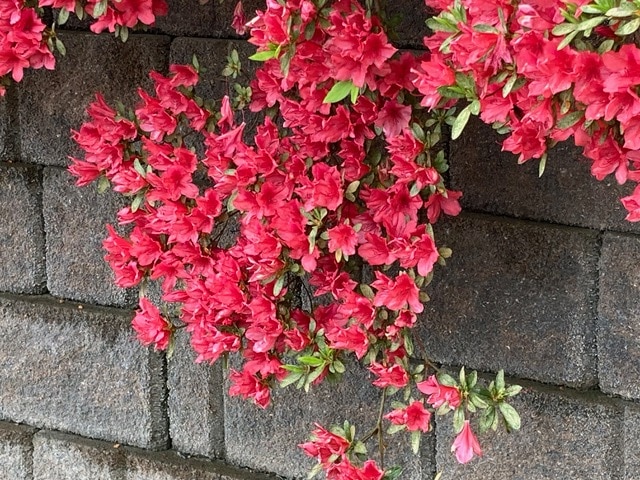
Springtime azaleas are something almost everyone looks forward to. Bright, colorful and beautiful azaleas can thrive in the Charlotte area and give a vibrant look to any landscape. But azaleas in full sun inherently get lace bugs. These insects feed on the undersides of azalea leaves, causing damage that can reduce the plant’s overall health and aesthetic appeal. Adult lace...
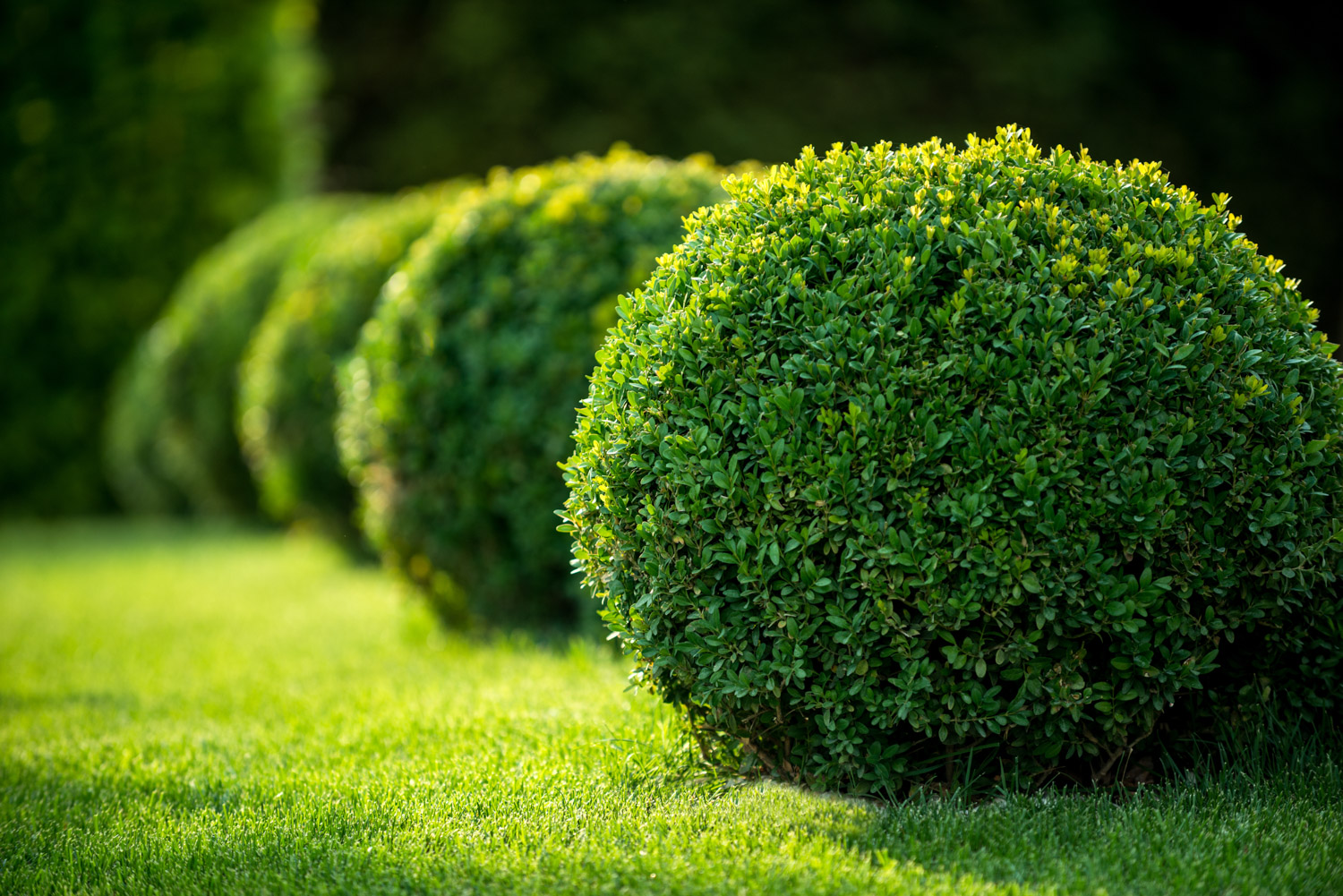
Boxwood Spider Mite Treatment
Spider mites are tiny arachnids that feed on plant cells, causing stippling, discoloration, and even leaf drop in severe cases. Boxwood spider mites can be particularly problematic for boxwood shrubs. Of course, prevention and treatment for boxwood spider mites is included in a Plant Health Care subscription from Arborscapes. (As are myriad other pests and diseases) If you would like...
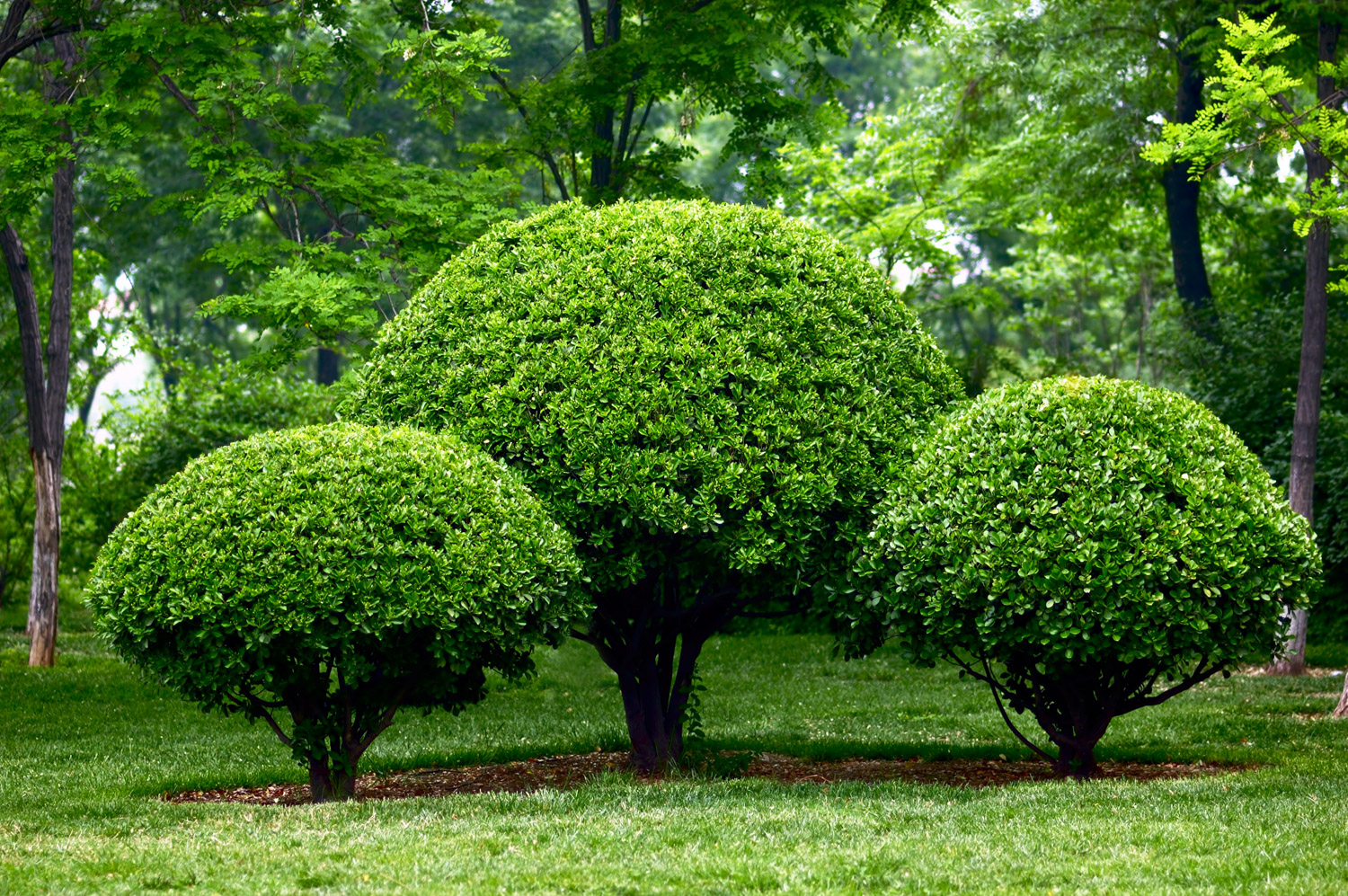
Holly Scale Treatment
Holly scale, a type of armored scale, is a small insect that attaches itself to holly plants and feeds on the plant’s sap. Over time, this can weaken the plant, cause yellowing of leaves, and even lead to premature leaf drop. There are several variations that affect holly plants, azaleas, camellia, and other ornamentals. These are often referred to as...
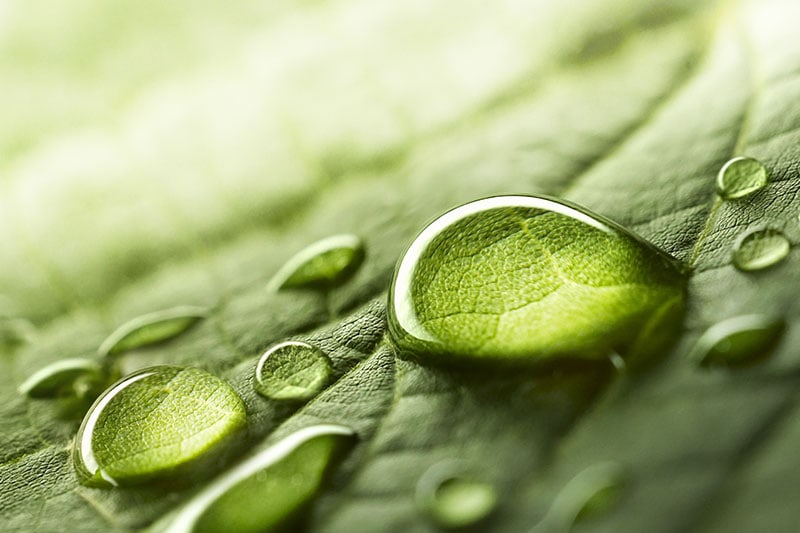
It’s Nature Doing Its Thing
When my phone rings this time of year, I can predict what many callers are going to say: “My plants aren’t looking good.” We’ll take a look. The diagnosis is often the same. “It’s winter burn.” Here in the Carolinas, early Spring can bring a wildly fluctuating swing in temperatures, 70s during the day, 20s for several nights running. That’s...

Now’s The Time To Prune
For the beauty of your trees and the safety of people and property down below, early Spring is a great time to prune that dead wood. Early Spring is when certified arborists can best inspect the tree before new buds begin to sprout. That makes it easier for them to determine what’s dead, dying, damaged, infested or diseased and needs...

Spring Landscaping Guide for Charlotte, NC Homeowners: Tips and Tricks for a Thriving Yard
Spring is the time everyone starts thinking about landscaping and giving their yard a fresh new look. Charlotte area homeowners have several things you can do to get your yard in top shape for the warm weather ahead. In this article, we’ll explore some tips for landscaping your yard: Plan and research: Before you start any landscaping project, it’s important...

Springtime Tree FAQ’s in the Charlotte Area
At Arborscapes, we want to see the entire Charlotte area have the healthiest trees possible. While we offer an entire suite of tree services and plant health care, we also realize that plenty of homeowners enjoy some (safe) DIY yardwork. We get lots of questions about taking care of trees, and we wanted to share some of the most common...
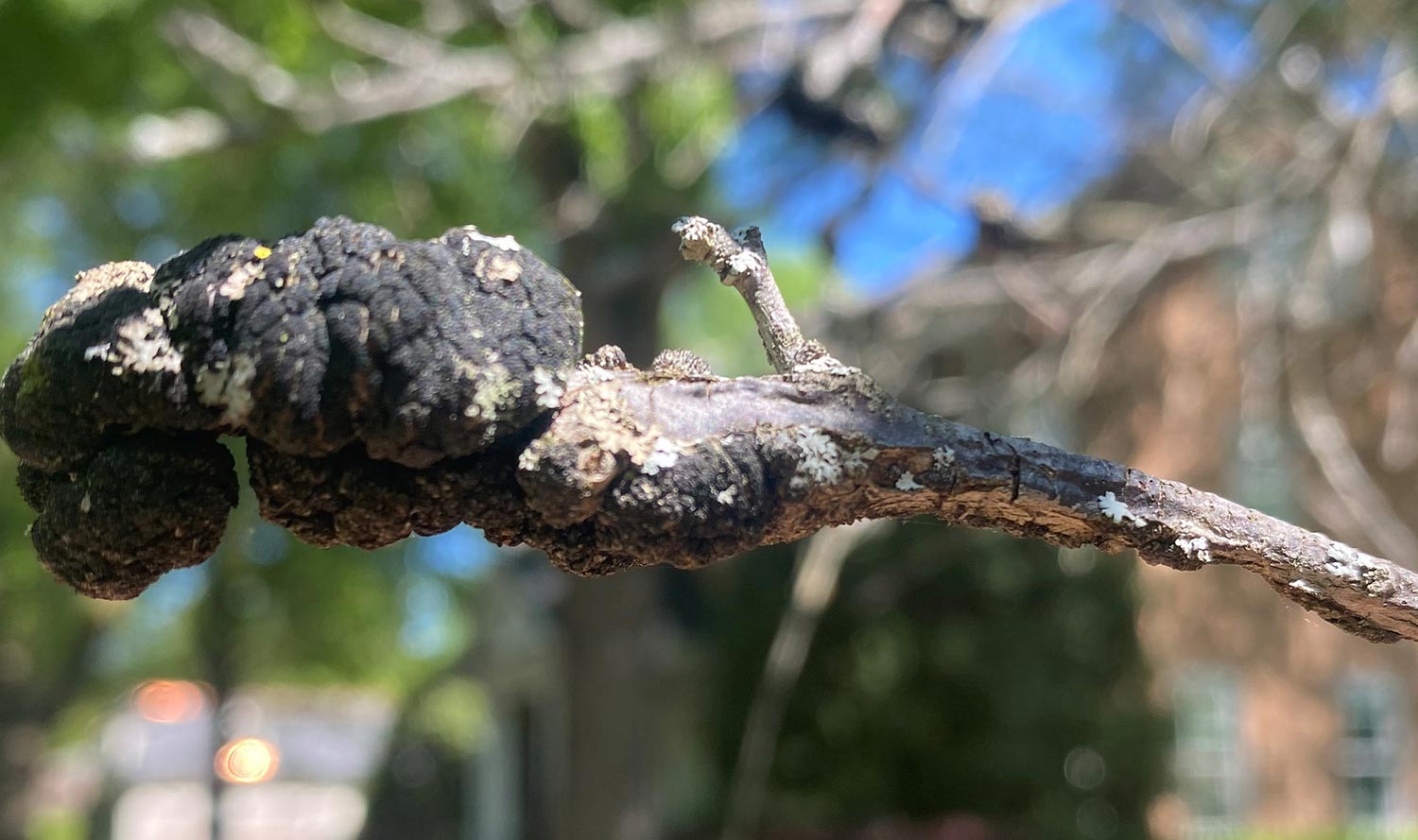
Black Knot
As arborists, we have seen many tree diseases and pests, but one of the most persistent and destructive is the black knot fungus. This fungus attacks a wide range of tree species, but is particularly harmful to wild and cultivated cherries, plums, and apricots. The black knot fungus infects the branches, twigs and sometimes the trunk of trees, and can...
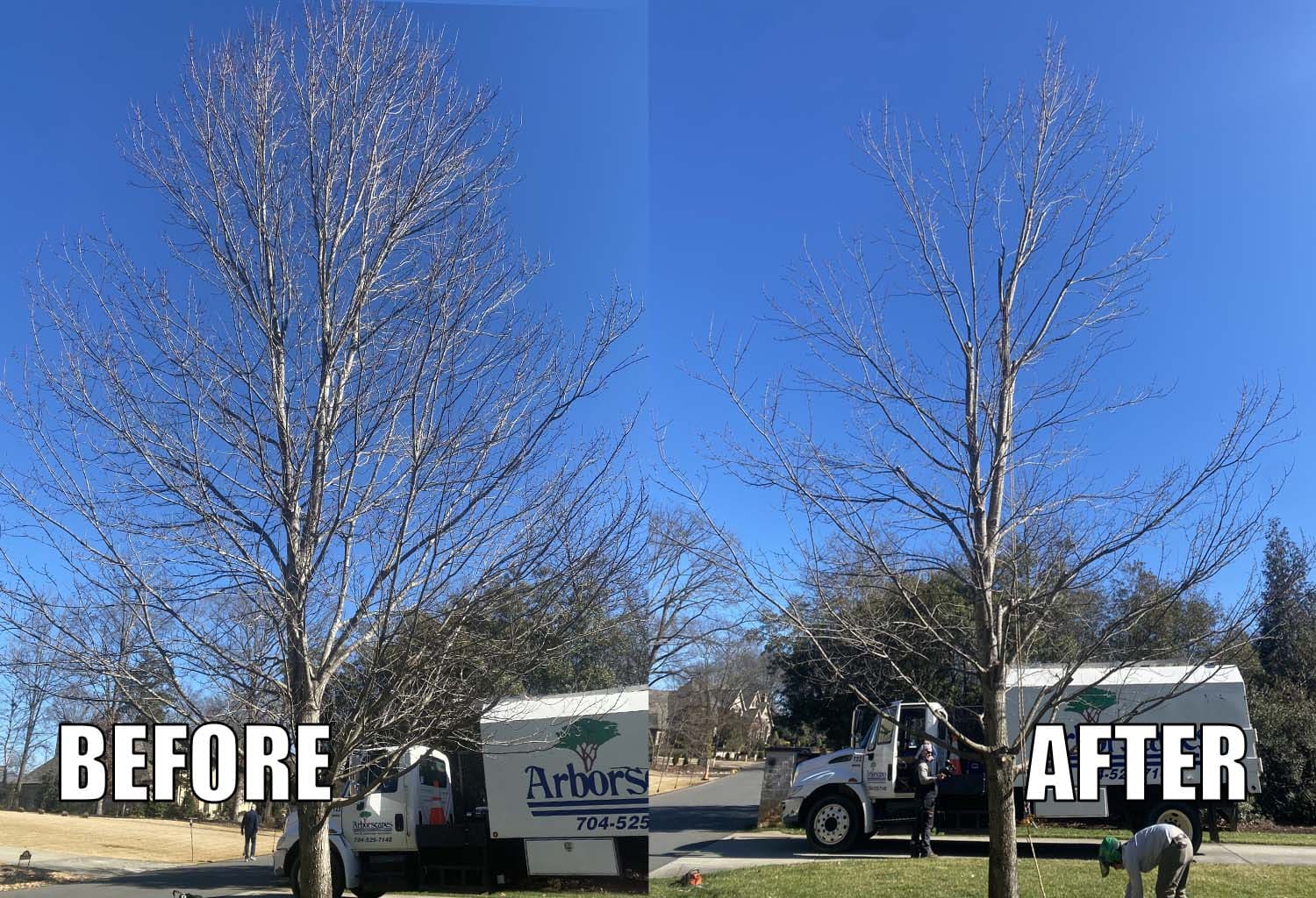
Pruning Young Trees Makes Them Healthier
Since becoming our Tree Care Operations Manager and a self-confessed tree hugger, I’ve found an awesome analogy when talking about the importance of pruning trees when they are young. Trees are like children. Provide them with good shape and structure early and they’ll grow up sturdy and strong. We’re talking hardwood trees – maples, oaks and the like. Whether planted...
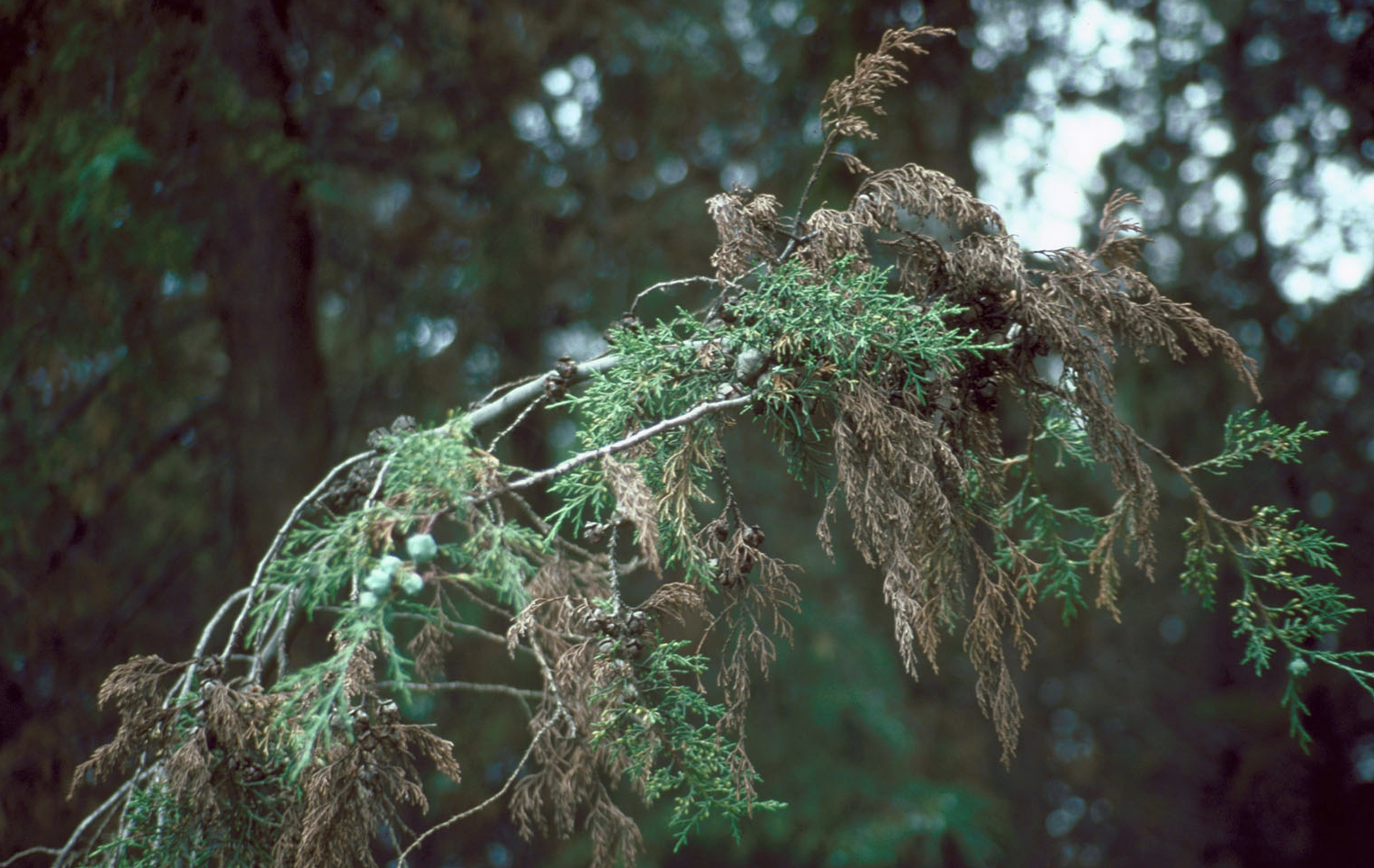
Juniper Blight Treatment
Juniper blight, particularly Phomopsis blight and Kabatina blight, are fungal diseases that affect junipers, causing branch dieback and foliage browning. Managing these blights requires an integrated approach. Of course, prevention and treatment for juniper needle blight is included in a Plant Health Care subscription from Arborscapes. (As are myriad other pests and diseases) If you would like to become a...
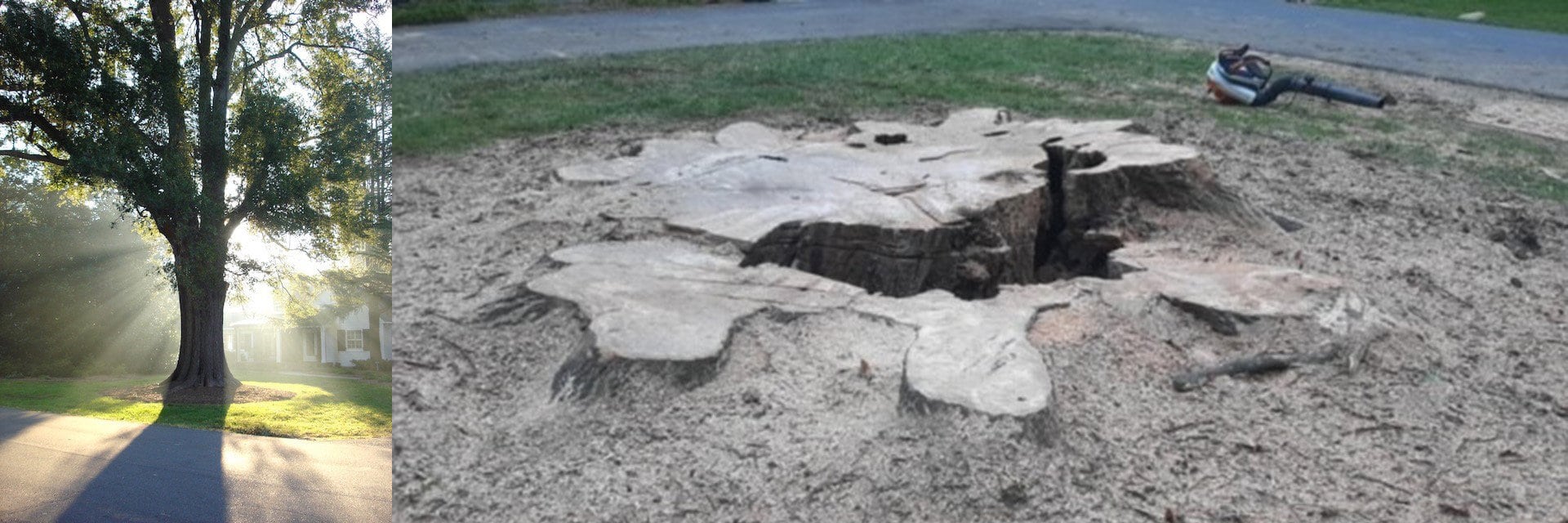
When is a healthy tree a dangerous tree?
We want to tell you about a project we tackled just before Christmas 2022. We share this story because it could be relevant to you. A tree can appear healthy on the outside and yet be structurally unstable. For safety’s sake, it’s critical that you determine if a tree is in trouble no matter how robust it looks. For 15...
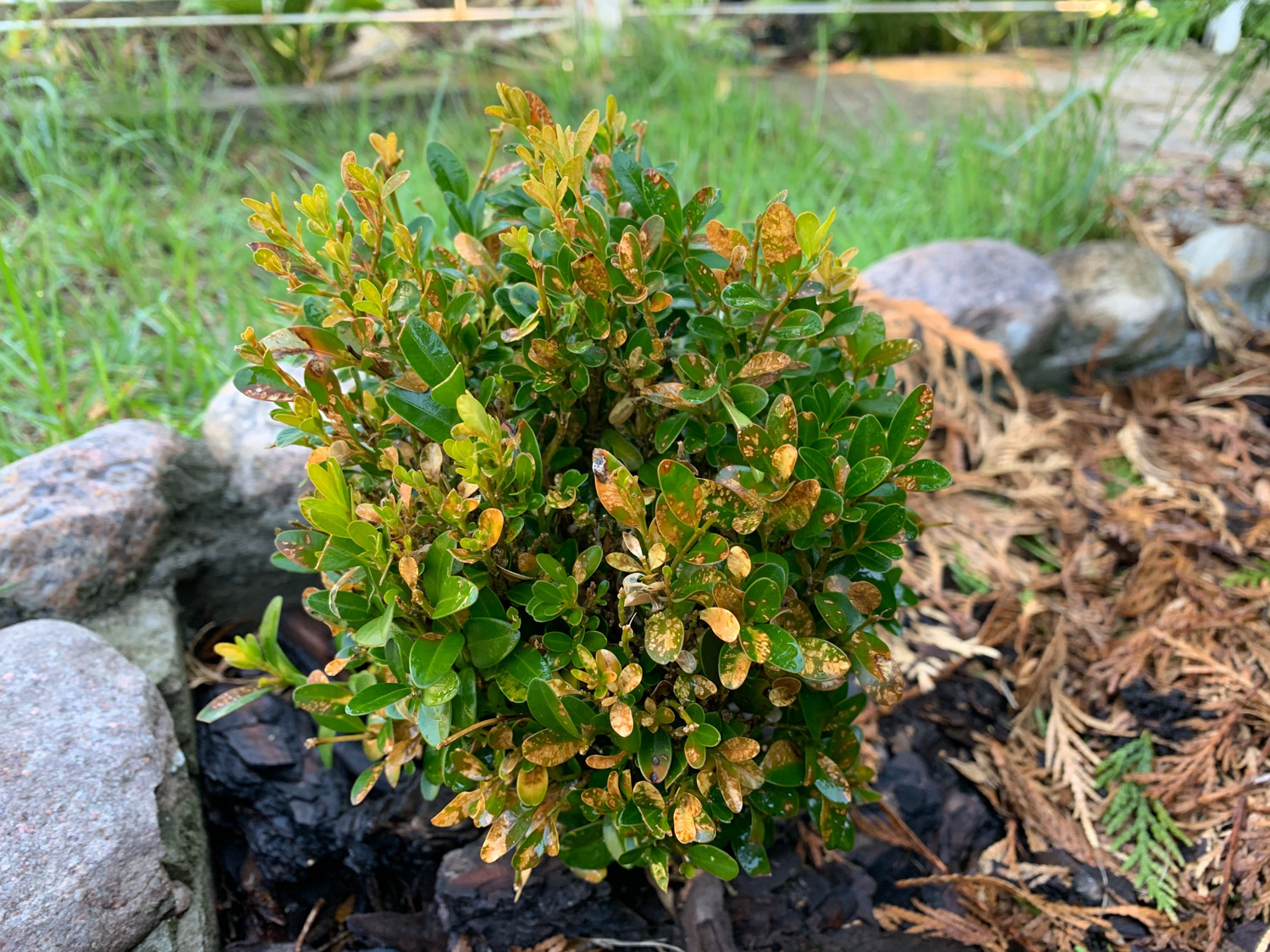
Boxwood Leafminer Treatment
Why is my boxwood dying? Unfortunately this is a question we hear all too often. But there is good news. Boxwood leafminers are one of the most serious pests of boxwoods. These small flies lay their eggs between the layers of boxwood leaves. As the larvae grow, they feed on the leaf tissue, creating blister-like mines. Infested leaves may turn...

Crape Myrtle Bark Scale Treatment
Crape myrtle bark scale (CMBS) is an invasive pest that affects crape myrtles. Infestations result in a black sooty mold due to the honeydew excreted by these tiny insects, causing the trees to look unsightly. Often this gross covering will extend to your patio furniture, hardscapes, and other outdoor items. We find CMBS present on boxwoods in our area as...
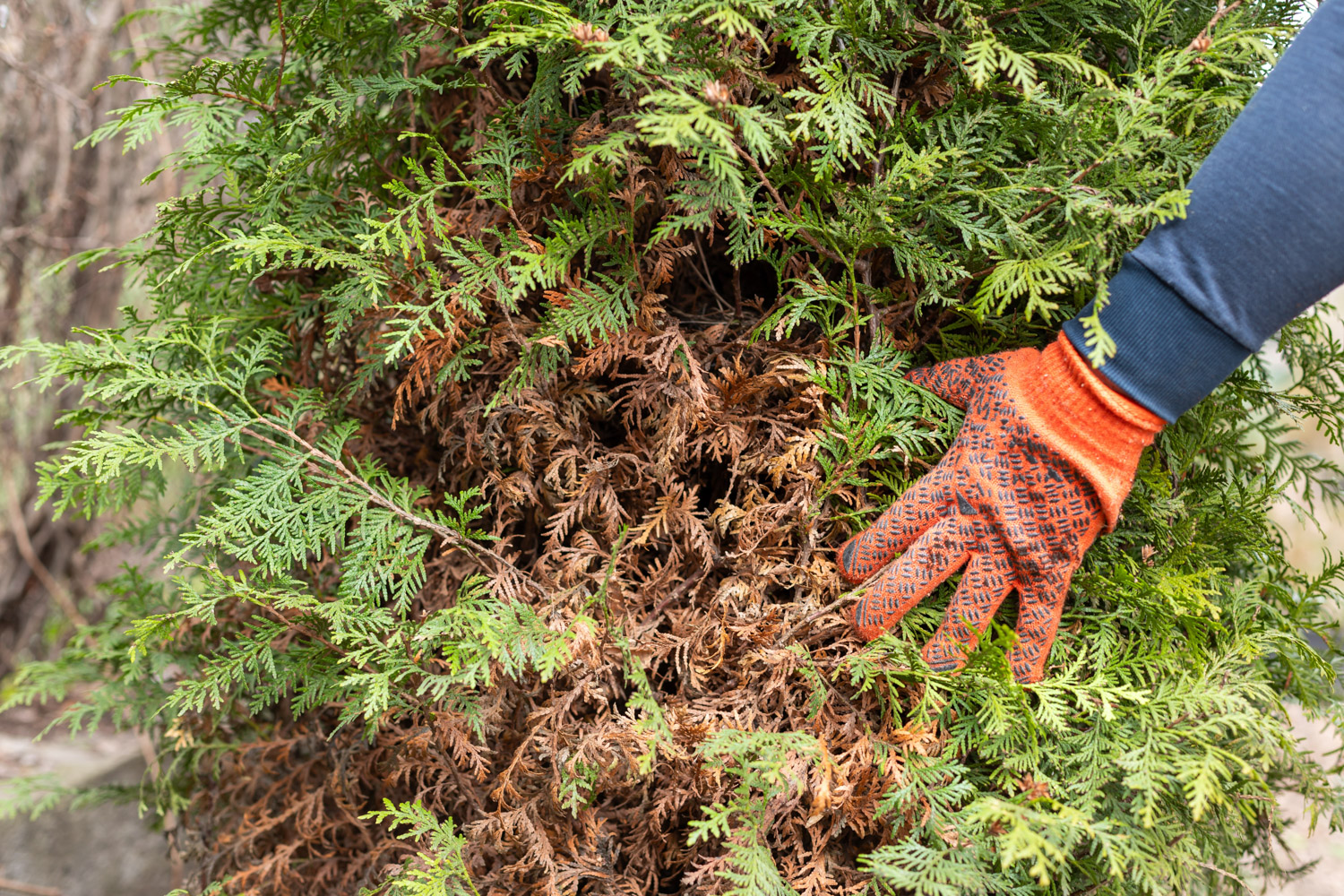
Cypress Blight Treatment
Cypress blight, often caused by fungi like Seiridium cardinale, Seiridium unicorne, and Seiridium cupressi, can be particularly detrimental to cypress trees. Infected trees show symptoms such as browning of needles, branch dieback, and cankers on stems. Unfortunately, once infected, there are no effective treatments for this disease. Here’s a guide on managing Cypress needle blight: Cultural and Physical Controls: Resistant...

Winter Landscape Maintenance
Winter is when Arborscapes crews are finishing picking up leaves, putting down mulch (or free wood chips) and helping you get ready for your plants to bloom beautifully in the Spring. Arborscapes crews are finishing up raking leaves and lowering the cut on cool-season grass. Mulching is heating up. Remember, if you like the look, Arborscapes offers free wood chips...

New Tree Ordinance In The Works For Charlotte
Here’s an important FYI for everyone who cares about preserving our community’s tree canopy. As our Co-Founder Nathan Morrison says, “Our tree canopy defines Charlotte.” Charlotte’s Unified Development Ordinance (UDO), which takes effect June 1, 2023, intends to monitor and control our city’s rapid growth in a way that preserves the city’s beauty. That includes maintaining our trees. Charlotte is...

Crape Myrtle Aphid Treatment
Crape myrtle aphids are pests that specifically target crape myrtle trees. These small, pear-shaped insects suck sap from the leaves, leading to curled, yellowed foliage. Aphids also excrete a sugary substance called honeydew, which can attract ants and promote the growth of black sooty mold, detracting from the tree’s appearance. Of course, prevention and treatment for crape myrtle aphids is...
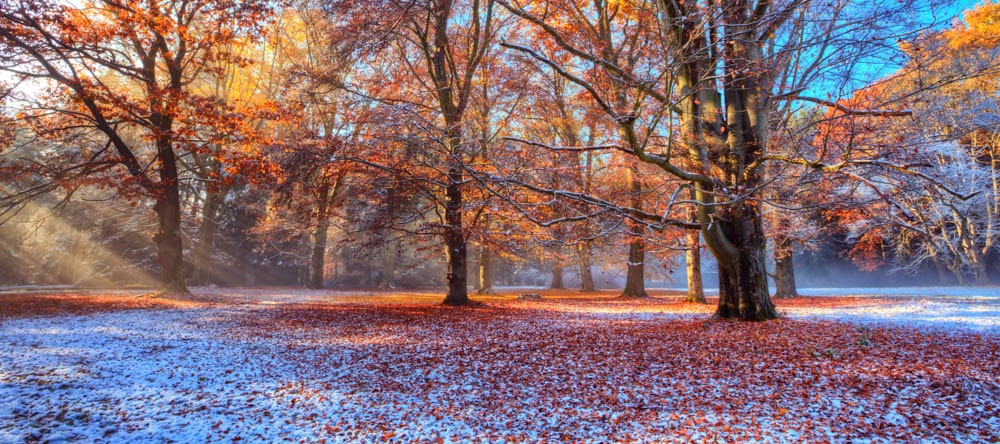
Winter Fertilization for Trees
A comforting truism when it comes to fertilizing: There’s never a bad time to feed your trees and shrubs. Just because autumn has passed doesn’t mean you missed your window of opportunity. As we say on the Plant Healthcare team“If a plant is hungry or stressed, you want to feed it immediately.” Fertilizing the right way with the proper fertilizer...
